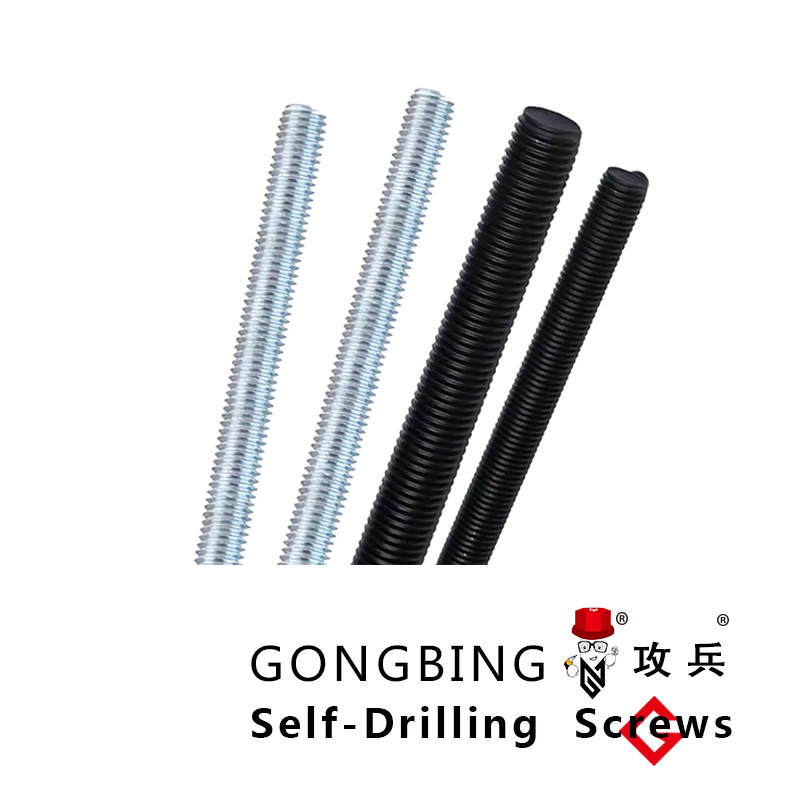M16 Chemical Anchor Bolt Specifications and Applications for Construction Projects
Understanding Chemical Anchor Bolts Focus on M16 Size
In the realm of construction and structural engineering, the choice of fastening systems plays a crucial role in ensuring stability, safety, and longevity of structures. Among various types of anchoring systems, chemical anchor bolts have emerged as a reliable solution for applications requiring high load-bearing capacities and resistance to environmental factors. This article discusses the M16 chemical anchor bolt, highlighting its features, applications, and benefits.
What is a Chemical Anchor Bolt?
A chemical anchor bolt is a type of fastening system that utilizes a resin or adhesive to bond the bolt to the substrate, often concrete. These bolts are installed into pre-drilled holes, and the chemical adhesive is injected into the hole before the bolt is inserted. As the adhesive cures, it forms a robust bond that can withstand significant tensile and shear loads. Chemical anchor bolts are particularly effective where traditional mechanical anchors may not suffice, especially in damp or challenging environments.
Features of M16 Chemical Anchor Bolts
The designation M16 refers to the nominal diameter of the bolt, which is 16 mm. M16 chemical anchor bolts are made from high-quality materials, typically stainless steel or carbon steel, enhancing their corrosion resistance and mechanical strength.
Key features of M16 chemical anchor bolts include
1. High Load Capacity M16 bolts can handle significant loads, making them suitable for heavy machinery, fixtures, and structural elements. 2. Versatility These bolts can be used in various base materials, including concrete, brick, and masonry, making them highly versatile. 3. Corrosion Resistance Many M16 bolts come with protective coatings or are made from stainless steel, ensuring durability in harsh environments. 4. Easy Installation The installation process is straightforward, requiring only a drill, mixing tool for the adhesive, and a wrench for tightening the bolt.
chemical anchor bolt m16

Applications of M16 Chemical Anchor Bolts
M16 chemical anchor bolts are widely used in various sectors, including
- Construction These anchors are essential for securing structural components to concrete foundations, such as beams, columns, and precast elements. - Infrastructure Bridges, highways, and tunnels often employ M16 chemical anchor bolts to secure fixtures and safety rails. - Industrial In factories and plants, these bolts are used to anchor heavy equipment and machinery to withstand vibrations and dynamic loads. - Residential In home construction, M16 bolts can be employed to secure decks, fences, and other external structures.
Advantages of Using M16 Chemical Anchor Bolts
The advantages of using M16 chemical anchor bolts are manifold
1. Enhanced Strength The chemical bond created by the adhesive significantly increases the load-bearing capacity compared to traditional mechanical anchors. 2. Reduced Sensitivity to Edge Distance Chemical anchors are less sensitive to their distance from concrete edges, allowing for optimal placement without compromising strength. 3. Adaptability to Conditions The ability to use these anchors in wet or damp conditions where mechanical systems may fail provides greater flexibility in project planning. 4. Full Control Over Installation The installer can manage the amount of adhesive used, and the curing time, allowing for adjustments based on environmental conditions.
Conclusion
M16 chemical anchor bolts represent a modern solution to the challenges faced in securing structural elements in various construction projects. Their versatility, strength, and corrosion resistance make them an ideal choice for applications across diverse fields. By understanding the features and applications of M16 chemical anchor bolts, engineers and builders can leverage their advantages to ensure the safety and durability of their structures. As the construction industry continues to evolve, the importance of reliable anchoring systems like the M16 chemical anchor bolt will undoubtedly remain a cornerstone of safe and effective engineering practices.
-
Weatherproof Plastic Expansion Anchors for OutdoorNewsJun.06,2025
-
Sustainability in the Supply Chain: Eco-Friendly TEK Screws ProductionNewsJun.06,2025
-
Load-Bearing Capacity of External Insulation FixingsNewsJun.06,2025
-
Double Head Bolts: Enhancing Efficiency in Industrial MachineryNewsJun.06,2025
-
Corrosion Resistance in Chipboard Screws: Coatings for Wholesale DurabilityNewsJun.06,2025
-
Butterfly Toggle Bolts : Enhancing Structural ResilienceNewsJun.06,2025
